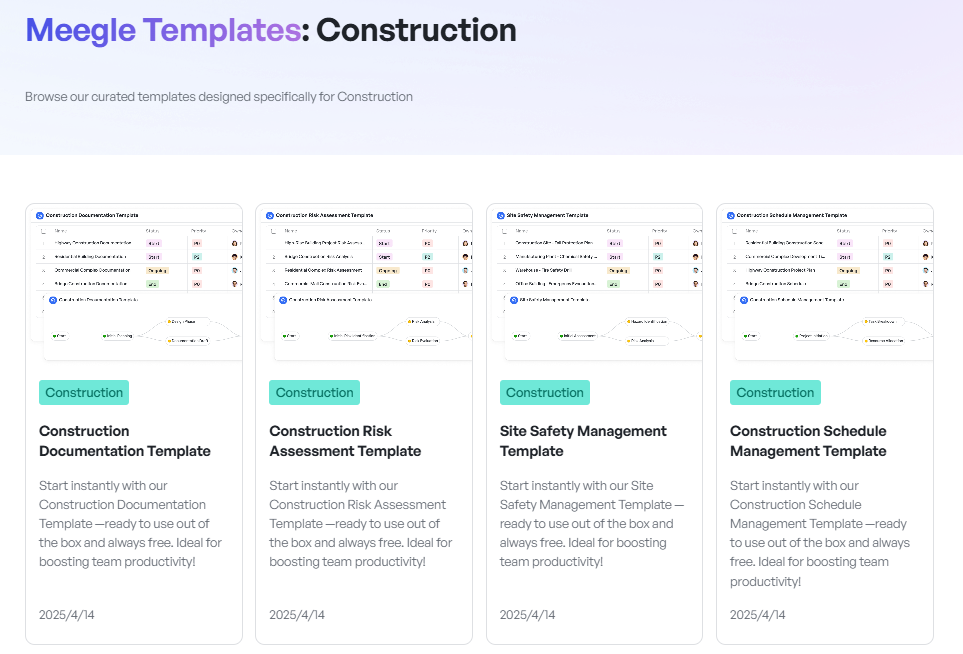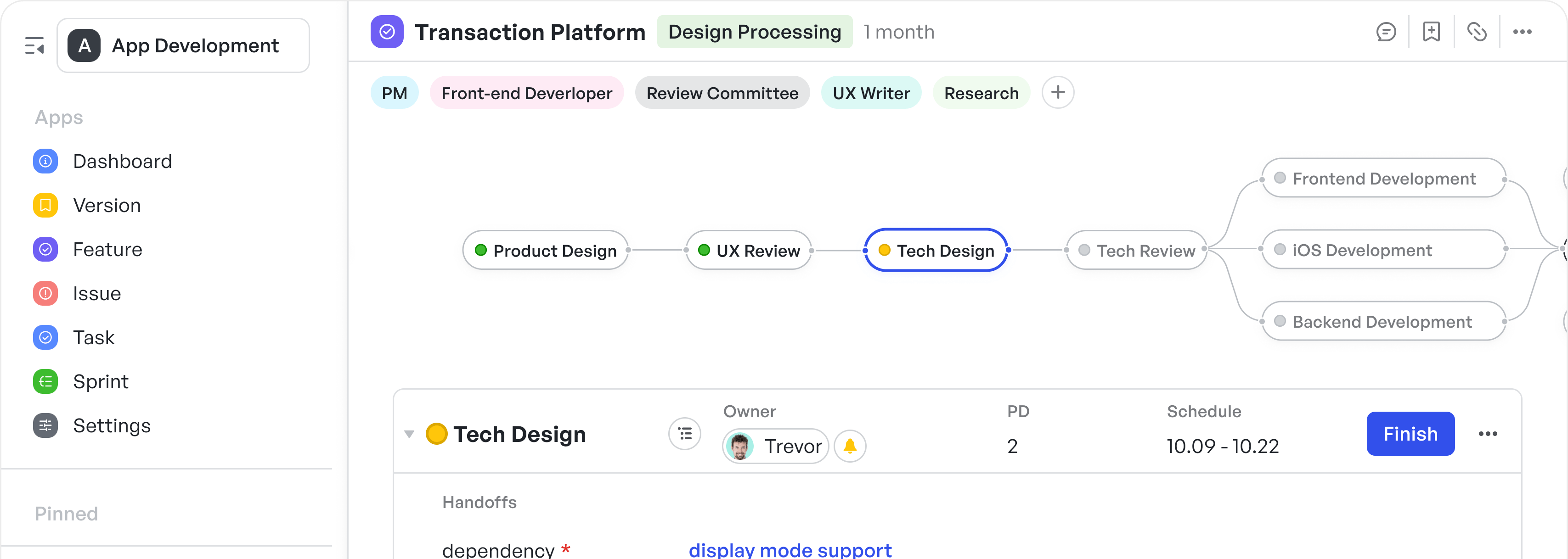How to Implement Test-Driven Development in Construction: A Game-Changer for Project Management

The construction industry, long known for its complex projects and tight deadlines, is slowly adopting practices that have revolutionized the world of software development. One such method gaining traction is test-driven development (TDD).
Although traditionally associated with software engineering, test-driven development is finding its place in construction, offering improved efficiency, enhanced accuracy, and better risk management in project workflows.
This blog post delves into the applications of test-driven development in construction, its benefits, challenges, and how adopting this methodology can elevate your project management approach.
What is Test-Driven Development in Construction?
Test-driven development in construction refers to a software development methodology applied to the increasingly digital and technology-driven construction industry, where engineers write automated tests before implementing software systems that control building processes, manage construction workflows, or operate smart building technologies.
This approach is becoming critical as construction embraces Building Information Modeling (BIM), Internet of Things sensors, automated construction equipment, and smart building management systems.
Engineers first define expected behaviors through comprehensive test cases that verify everything from crane control algorithms to HVAC optimization systems, then build the software to meet those specifications. The methodology ensures that construction technology systems perform reliably in environments where failures can result in safety hazards, project delays, or significant financial losses.
The construction industry's adoption of test-driven development has accelerated as projects become more complex and rely heavily on integrated software systems for design, project management, and building operations.
Companies use test-driven development to manage the integration of multiple construction technologies while maintaining safety standards required by building codes and occupational safety regulations.
This methodology helps construction firms reduce costly rework, ensure that building automation systems function correctly from day one, and verify that project management software accurately tracks schedules, budgets, and resource allocation. The approach also supports compliance with construction industry standards and helps ensure that smart building systems operate efficiently throughout a building's lifecycle.
Skanska, one of the world's largest construction companies, uses test-driven development for their digital construction platforms that integrate BIM models with real-time project data from construction sites.
Their engineers write comprehensive tests to verify that their software correctly processes sensor data from construction equipment, accurately updates project timelines based on actual progress, and properly coordinates between different trades and subcontractors.
Before deploying updates to their project management systems, Skanska's test suites simulate various construction scenarios to ensure that new features don't disrupt ongoing projects or create safety risks.
This approach has helped them reduce project delays and improve coordination across their global construction projects.
You may be interested in: 👉Extreme programming Vs. Test-driven development
3 Major Reasons to Use Test-Driven Development in Construction
In an industry where projects involve numerous stakeholders, materials, and processes, implementing test-driven development in construction offers several compelling benefits:
1. Improved Accuracy and Precision
Construction projects are complex, with various stages and stakeholders involved. The introduction of test-driven development helps ensure that every component, from architectural designs to material procurement, is tested early in the process. This approach minimizes the chances of costly mistakes or delays.
Testing a design’s structural integrity or load-bearing capacity can be done using prototypes or simulations before actual construction begins.
For instance, using tools like resource allocation in construction can help track material and labor usage during the testing phase, ensuring that every resource is efficiently used without unnecessary waste or delay.
2. Enhanced Risk Management
Risk management is an ongoing challenge in construction. Test-driven development helps project managers identify risks early, such as cost overruns, project delays, and safety issues. By testing designs and prototypes before implementation, construction teams can avoid major setbacks.
For example, imagine running simulations or prototypes to test a design’s compliance with safety codes, similar to how delay risks are mitigated through delay analysis in construction, which helps assess potential project delays and their causes.
3. Efficient Collaboration
Test-driven development promotes collaboration across various teams, which is crucial for construction projects that involve engineers, architects, and contractors. This structured approach ensures that everyone is on the same page with defined project goals and metrics.
The importance of effective team coordination can be further supported by frameworks like stakeholder communication in construction, which helps enhance communication between stakeholders and ensures timely project updates.
4 Steps to Implement Test-Driven Development in Construction
Implementing test-driven development in construction might seem challenging, but it can be done with careful planning and a step-by-step approach. Below are the essential steps for applying test-driven development in construction to your projects:
1. Define Project Specifications and Criteria
Before construction begins, clearly define the project’s requirements and testing criteria for every phase, from materials selection to structural design.
To help with the clear definition of these criteria, you can incorporate lessons from scope management in construction, which focuses on key components of scope management essential for ensuring that project goals are met.
2. Develop Prototypes and Simulations
Once the tests are defined, create prototypes or simulations of the project. For construction, this could mean creating scaled models, virtual designs, or simulations of how the project will function once built.
Using advanced software tools, construction teams can simulate real-world conditions like stress, weather, and load-bearing capacity. These simulations act as early tests to identify and address potential flaws before the actual construction begins.
3. Iterative Testing and Adjustments
After testing and feedback, the construction plan should be iterated, similar to how software development improves with test-driven development. Adjustments are made to optimize designs and ensure the project remains on track.
Use tools discussed in construction workforce management to ensure that all team members are aligned and resources are allocated effectively during each iteration.
4. Collaborate Across Teams
Effective communication is critical for successful test-driven development in construction implementation. Collaboration between project managers, engineers, architects, and other stakeholders is key to making sure everyone is on the same page.
By using Meegle’s visualized workflows, teams can keep track of tasks, timelines, and interdependencies across different aspects of the project. This ensures that everyone knows their responsibilities and deadlines, helping to prevent miscommunication and delays.
How Meegle’s Templates Support Test-Driven Development in Construction
Templates tailored to construction management can provide a structured workflow that complements test-driven development. They often include:
- Visualized workflows that outline project stages and feature dependencies
- Task tracking systems that highlight feature status and assigned responsibilities
- Scheduling modules to align feature delivery with overall project timelines
- Reporting tools to monitor progress and identify bottlenecks early
 Meegle’s templates in construction
Meegle’s templates in constructionSuch templates enhance transparency, allowing decision-makers to maintain a comprehensive view of project health and collaborate effectively with on-site teams.
For a deeper understanding on how modern project management software addresses these challenges in construction, check out project management software for construction guide, which highlights top tools and their features tailored to the industry.
Top 4 Benefits of Test-Driven Development in Construction
Test-driven development serves many benefits in the field of construction. Some of them include:
1. Better Cost Control
By identifying and addressing issues early through tests, test-driven development in construction can help reduce unexpected costs during the construction process. With fewer errors and revisions, projects stay on budget and within scope. Additionally, the reduced need for rework translates into significant savings in terms of time and resources.
BIM adoption reduces project timelines by an average of 20% and costs by 15%, while also decreasing design errors by 30% and RFIs by 25%. Additionally, clash detection and coordination services can estimate around 30% more construction costs when rework is needed
2. Faster Project Completion
By ensuring that designs and plans are optimized and ready for construction from the start, test-driven development in construction can speed up the overall project timeline. With fewer surprises and setbacks, construction teams can stick to the original schedule, or even finish ahead of time.
Stanford University's Center for Integrated Facilities Engineering reported up to 7% reduction in project time from BIM implementation. A contractor named Robins and Morton adopted BIM to design and construct a hospital in Augusta, Maine, and surprisingly, the project was completed ten months ahead of schedule.
3. Improved Quality and Compliance
Test-driven development in construction ensures that each component of the project meets the necessary quality standards and regulatory requirements. Whether it’s safety regulations or building codes, every element of the project is tested to ensure compliance. This leads to fewer inspections and delays due to non-compliance issues.
More than three quarters of respondents cited reduction in errors/improved quality (77%) as the top benefit they see BIM helping with in the future. BIM adoption reduces project timelines by an average of 20% and costs by 15%, while also decreasing design errors by 30% and RFIs by 25%
4. Transparency and Accountability
With test-driven development in construction, every team member knows what is expected of them and the criteria they must meet. This clear understanding fosters accountability and transparency, ensuring that everyone is aligned with the project’s goals and timelines.
Data reveals that up to 60% of general contractors report having witnessed coordination and communication hiccups between project team members, but data transparency can serve as a powerful spotlight that enables you to easily see issues as they occur, helping to cultivate a culture of accountability where everyone understands their role in achieving project goals.
Challenges of Implementing Test-Driven Development in Construction
While the benefits of test-driven development in construction are numerous, there are also some challenges that may arise during implementation:
- Initial Setup Time: Defining project specifications and tests takes time, and teams new to test-driven development may face a learning curve.
- Resource Intensive: Test-driven development requires investment in tools, simulations, and training, adding to resource costs.
- Resistance to Change: Teams accustomed to traditional methods may resist adopting test-driven development, requiring time to gain stakeholder buy-in.
You might be interested in: 👉How to implement feature-driven development in construction
Boost Construction Efficiency with Test-Driven Development
Test-driven development in construction offers a fresh perspective on construction project management, providing teams with a structured approach to identifying and solving problems early. By improving accuracy, reducing risks, and enhancing collaboration, test-driven development in construction helps ensure that construction projects run smoothly, stay on budget, and meet quality standards.
Improve collaboration and visibility across your construction project lifecycle with Meegle.
The world’s #1 visualized project management tool
Powered by the next gen visual workflow engineRead More
Check All BlogsStart creating impactful work today



